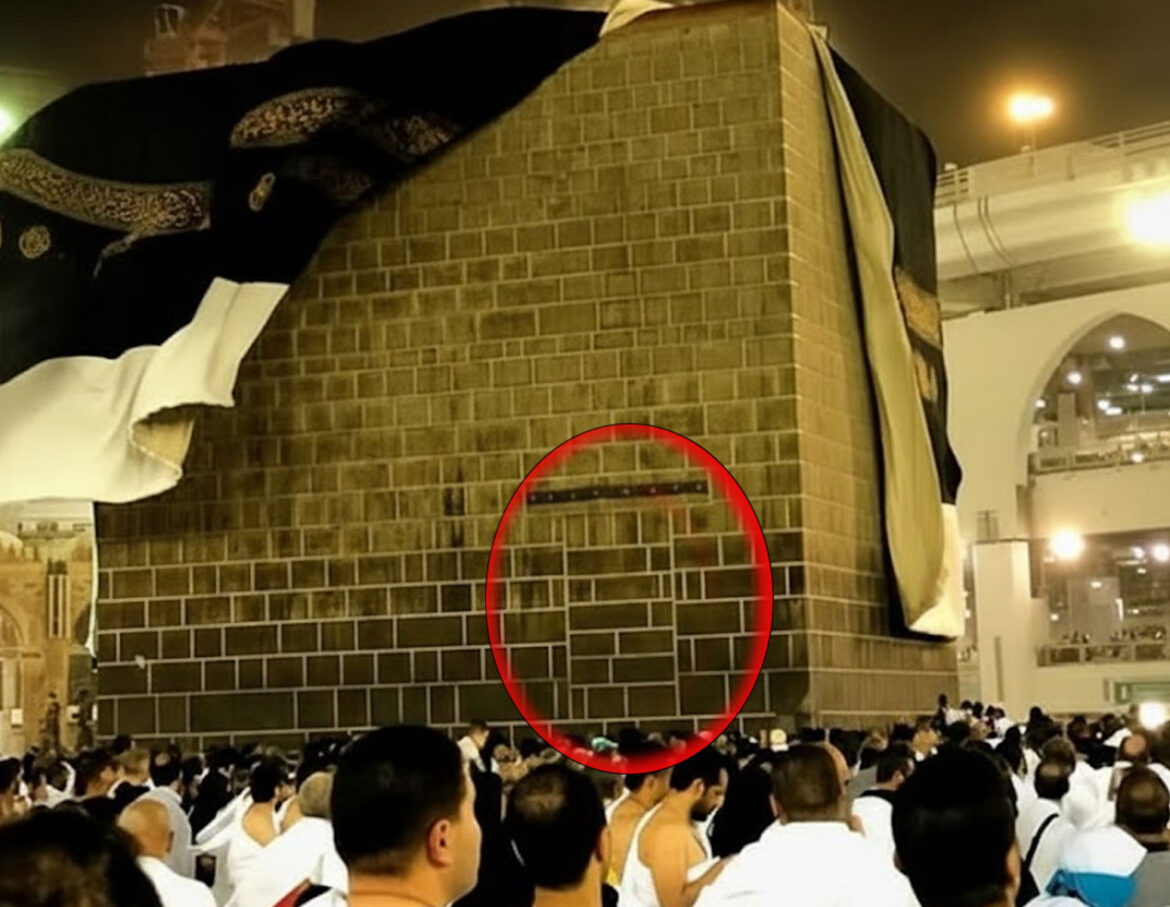Historians and Islamic scholars have drawn renewed attention to the second door of the Holy Kaaba, which was closed by Hajjaj bin Yusuf in 694 AD during the reign of Caliph Abdul Malik ibn Marwan. The door, located on the northern side of the sacred structure in Makkah, remains sealed to this day — a lasting testament to early architectural changes made to Islam’s holiest site.
According to historical records, the Kaaba originally had two doors—one for entry and another for exit. However, Hajjaj bin Yusuf, the then-governor of Makkah, ordered the closure of the second door as part of structural modifications following the reconstruction of the Kaaba.
The decision was both political and architectural, aiming to restore the Kaaba’s design to the layout approved by the Prophet Muhammad (PBUH), as opposed to the alterations made during Abdullah ibn Zubair’s rule.
Today, the sealed doorway remains visible beneath the Kaaba’s black Kiswah covering, serving as a silent reminder of Islamic history and the evolution of the sacred sanctuary over the centuries.



